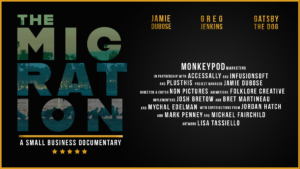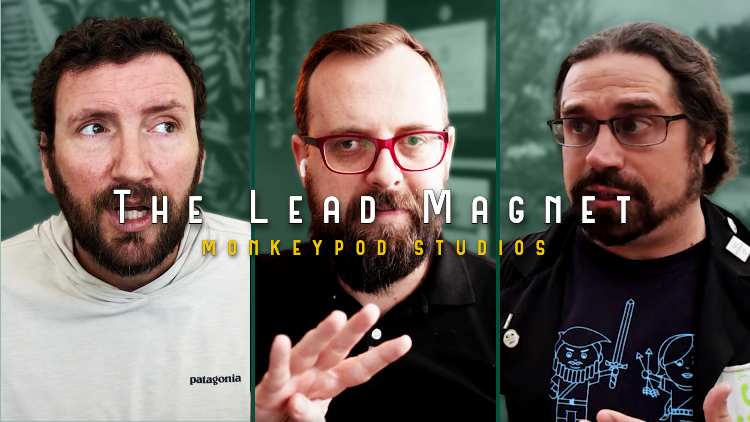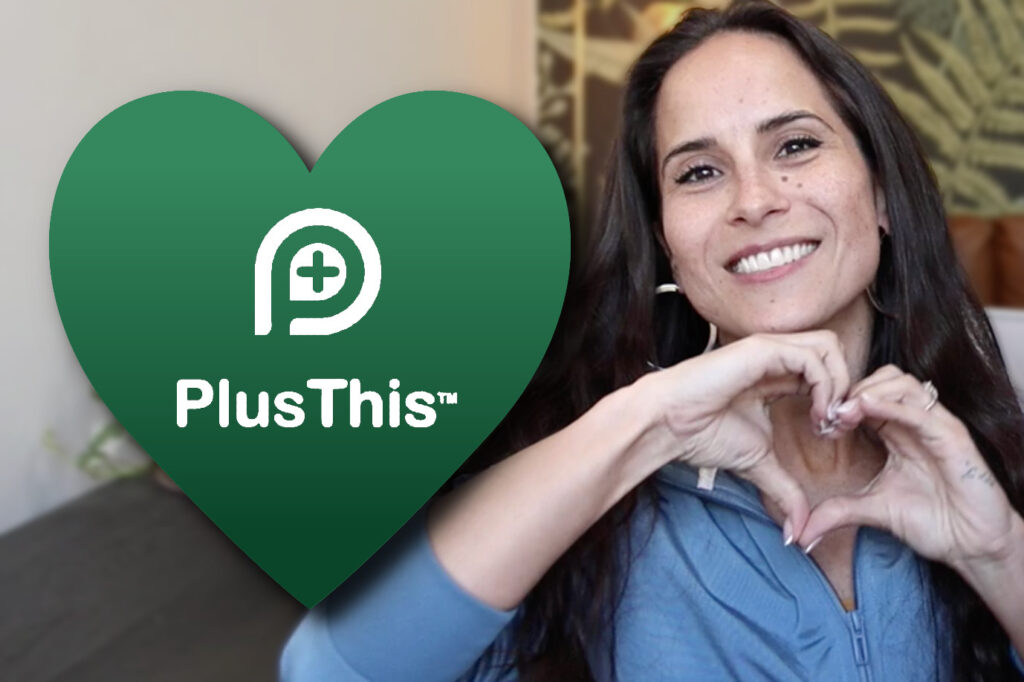Back in the saddle this week is my friend, and Infusionsoft’s campaign builder Mad Scientist. For a more thorough introduction check out one of his other posts on the Monkeypod Blog. Ladies and gentlemen, the man, the myth, the hair, Paul Sokol.
The Teenage Mutant Ninja Turtles Email Marketing Pet Peeves
As a child, I remember reading about the “pet peeves” of the different ninja turtles in a book I had about the movie. This was a new term for me so I asked my mom about it and she explained “its stuff you don’t like”.
Nothing to do with your pets. Strange term but alright.
For the rest of my life, I’ve always thought about the ninja turtles whenever I saw the term “pet peeves”. So, when Greg asked me to write about my email marketing pet peeves, naturally I thought about those four turtle dudes.
Today, I’d like to have some fun and offer some actionable insights based on fictional characters. Think of it like fan non-fiction for your small business.
Here is what I believe would be the pet peeves of each ninja turtle if they used email today:
I’m going to start with my favorite ninja turtle because its my blog post and you can’t tell me what to do. Side-note: He’s the reason my favorite color is purple 🙂
 Donatello is the smart nerdy guy. He definitely understands the value of good working systems and how things interact with each other. This means he would definitely not enjoy too little too late transactional messages
Donatello is the smart nerdy guy. He definitely understands the value of good working systems and how things interact with each other. This means he would definitely not enjoy too little too late transactional messages
A “too little too late” transactional message is when the company follows up WAAAY to long after they should have for some interaction.
A common offender is when restaurants have a little card for you to join their email list for monthly offers and such when you are paying the bill. Then you completely forget about it. Then, months later, you get an email that thanks you for joining the list.
“Um, what? Oh yeah, I ate there in March…”
This is bad for a few reasons. First, it puts you at much higher risk for spam. If someone doesn’t remember signing up because you waited too long, you aren’t a welcome visitor in their inbox. Spam button activate!
Next, this actually is demonstrating your lack of concern for the inbox relationship. If I owned a restaurant, I’d be unreasonable about adding all new emails that I got every night after closing. By waiting too long, it reduces the impact of your welcome message. And if you wait for much too long, it basically conveys the message, “Oh yeah, you gave us your email huh? Well, here you go I guess…”
Doesn’t leave you with a warm and fuzzy feeling at all.
Lastly, it actually puts your lack of systems front and center for your customers to see. As a consumer, I’d expect to be added to the list within a week at the most. By waiting too long, it just shows that you really don’t have your shiz in gear behind the scenes. So what does that mean is going on behind-the-scenes in the kitchen…
I know I used a restaurant example this whole time but this is something to avoid for any business. I can’t tell you how many times I’ve signed up for a newsletter, never received a confirmation email, then months later I get something that I don’t recognize. Know what happens then? I unsubscribe and mark as spam.
 Raphael was the hot head; the guy with a temper. Really, he’s a super unique guy and expects to be treated as such. This is why being treated the same regardless of inbox interaction would be his biggest pet peeve.
Raphael was the hot head; the guy with a temper. Really, he’s a super unique guy and expects to be treated as such. This is why being treated the same regardless of inbox interaction would be his biggest pet peeve.
Here is what I mean: In this day and age, with how advanced email marketing technology is, there is simply NO EXCUSE to treat everyone the same. For every email, there are (primarily) three outcomes. First, someone can never open the email. Second, they could open the email but never click through. Third, they could open the email AND click.
Why should you treat those three types of people the exact same? You shouldn’t. And that’s the point.
In fact, consumers today are hyperconnected and expect to be paid attention to. If you have an important email going out that someone really needs to read, you would be remiss to assume they have read it. Its easy enough to track open rates, so if they need to know this information, re-send it but ONLY to those who didn’t open. If you really want to let people know you care about the inbox relationship, address the fact they didn’t open the email. Don’t be creepy and big brother-ish about it, but by being authentic and up front about it can only bolster the relationship.
Here is one final example that, I hope, will drive the point home. Let’s say you create an event on Facebook and invite a bunch of friends. Then, lets say after a week you have a group of people who said they are going, a group who said maybe, and a group who said they couldn’t go. Would you really send the same message to all three of those groups? When you aren’t paying attention to inbox behavior, this is exactly what you are doing.
 Michaelangelo was the cool guy. The laid back party dude. Just because he is a chill guy that doesn’t mean you can assume his interest which is why I believe his biggest email pet peeve would be assumed opt-in just because you are on the list.
Michaelangelo was the cool guy. The laid back party dude. Just because he is a chill guy that doesn’t mean you can assume his interest which is why I believe his biggest email pet peeve would be assumed opt-in just because you are on the list.
Doing launches and promotions are great. They get important products and services into the hands of customers that can benefit from it. Quite often, introducing new products/services can be done to your exist email list.
There is nothing wrong with that. The problem is when you ASSUME they are interested.
If you have a whole email series ready to go, just because someone is on your list doesn’t mean you can assume their interest. Meaning, you can’t just start hammering them with emails without putting yourself at a severe spam risk and, more importantly, hurting the existing relationship.
Even worse, sometimes I’ve seen people do a reverse opt-in. Someone will send an email that effectively says, “Hey I’ve got this launch coming up and you’re going to be getting those emails. If you aren’t interested, click here”.
I can understand why someone might want to do that, but from the recipients standpoint its the wrong side of the coin. Rather than assume interest, tell people about it and have them take some action to choose to receive it.
You know who does this? Some more elite A-list marketers out there. Frank Kern is selling stuff all the time, but if you aren’t clicking and opting into his new stuff, you’d never know. Its all behind the scenes stuff. He NEVER assumes you are interested in what he has to offer even though you are on his list. And I’m pretty sure Michaelangelo would appreciate that 🙂
 Leonardo was the fearless leader. He got things going and kept everyone safe. When it comes to email, the subject line can definitely be thought of as a message leader which is why I’m pretty sure he would be against useless preheaders.
Leonardo was the fearless leader. He got things going and kept everyone safe. When it comes to email, the subject line can definitely be thought of as a message leader which is why I’m pretty sure he would be against useless preheaders.
Most email clients will show a small snippet of the email’s body after the subject line. A preview of the content.
You know what’s annoying? Seeing the dreaded “Can’t read this email. View in Browser” as the email preview. Giving people a different way to read the email is not a bad tactic. Its a good one. But its not the best way to leverage that exclusive preheader real estate.
I tend to think of things in terms of classic direct marketing. The subject line is the headline. You know what the preheader is? The sub-headline. The whole point of those two elements are to get the viewer reading further.
Use your email preheader as an extra nudge to get people to even open the email. Just like direct mail, if nobody opens it, it doesn’t matter how good the content is.
The preheader should further bolster the promise of the subject line while still remaining intriguing enough to get people to open and read.
This one tactic alone can boost open rates dramatically when done right. So why not make Leo proud and give it a shot?
What do you think? Can you relate to some of these? Let me know what you think in the comments below, cowabunga!






